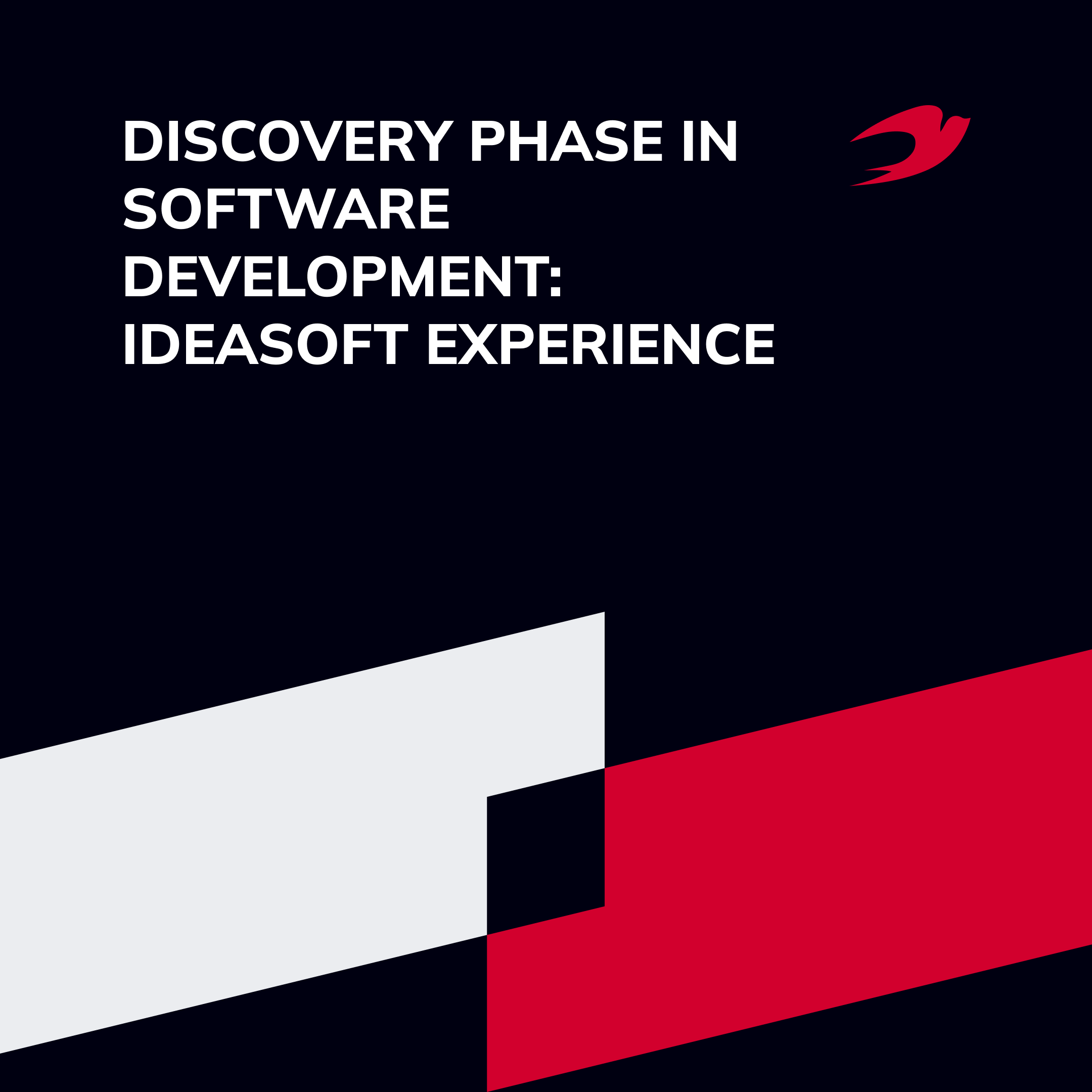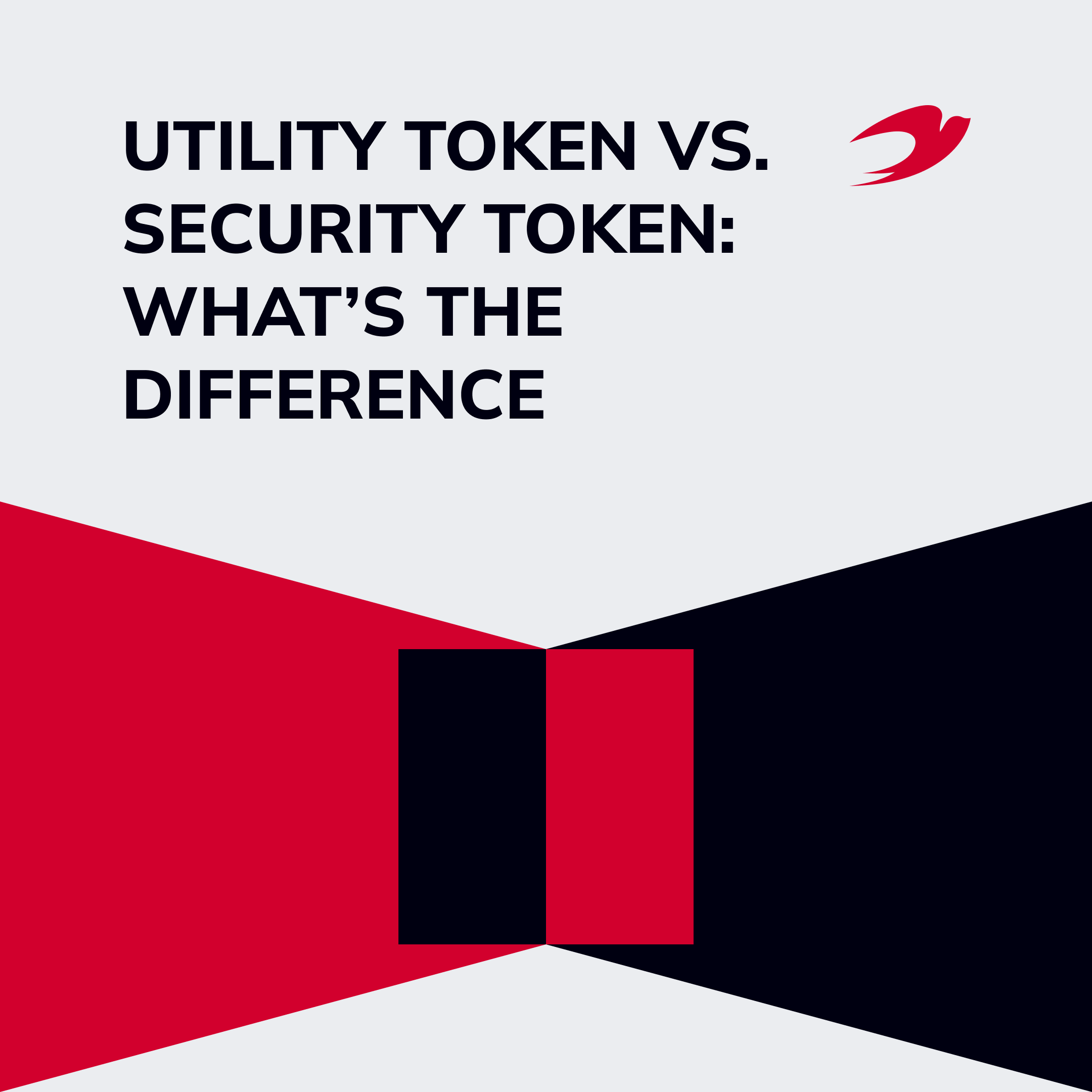According to the Standish Group report, about 66% of software projects fail, and the McKinsey report found that 45% of software development projects exceed their estimated budget. The reasons for project failure and going over budget vary from unrealistic expectations and cost estimates to poor planning and requirements management. However, there are strategies and industry-standard methods to prevent failure, foresee possible issues, and mitigate risks. One of the most useful and applied methods is the project discovery phase. In this article, we’ll take a closer look at the discovery phase in software development and why it matters. We also consider the main stages, benefits, and deliverables of the discovery phase.
Table of contents:
- What is the discovery phase in software development
- Steps of the discovery phase
- Project discovery phase deliverables
- Why you shouldn’t skip the discovery phase
- Discovery phase at IdeaSoft
What is the discovery phase in software development?
So, what is the discovery phase in a project development life-cycle? The project discovery phase is the initial step in software product development. It allows everyone involved in the software development process to create a shared understanding of the project goals and requirements as well as helps to reduce risks and minimize costs.
The discovery phase focuses on determining the scope of work, building the product architecture, identifying functional and non-functional requirements, choosing a tech stack and team composition, estimating costs, and creating a project development plan. Also, the discovery phase allows clients to get better to know a development team. Moreover, regular communication and in-depth discussions of a project with the development team help clarify essential details and establish trust.
Steps of the discovery phase
The duration of the discovery phase varies depending on each specific project, and the project discovery process can take a couple of weeks or several months. Let’s take a look at the main steps of the discovery stage of the project.
Initial stage
At the initial stage, business analysts gather background information about a project to create a big picture. The initial stage includes the following activities:
- Initial interview
Series of interviews are being conducted with a project owner to learn about the software project concept and determine its goals. To define the project’s goals, we discuss with clients their point of view on project competitors, target audience, the key features, collect project requirements, and any other information that can help us understand their expectations.
- Definition and communication with the stakeholders
This step implies identifying and listing all stakeholders, including the developer team and end-users. Besides, it’s not always about people, it can be laws, regulations, and policies. After listing, this step implies direct communication with the stakeholders until the project owner and all the influencers understand their vision.
- Collection and analysis of information
Our experts analyze in detail the input data and conduct research on target audience and market, competitors, trends, industry standards, client’s brand specifics, and existing infrastructure. Therefore, the analysis allows you to find the strengths and weaknesses of the project and make it more attractive to engage customers by filling the gap that other products have missed.

Workshop stage
At this stage, we have to draw a parallel between your business goals and tech solutions for the project and form a winning mix. As a result of the workshop, you will get the following deliverable:
- Vision documentation and workshop notes
- PBIs (Product Backlog Items)
- User stories with a high-level description
- Architecture design
- UX designer ideas & recommendations
- List of functional requirements
- Business Process Model and Notation (BPMN)
- Wireframe design
- Release plan
Prototyping/Proof of Concept stage
During the Proof of Concept stage, a version of your future product with minimal functionality is created. This is to ensure that the project can actually be implemented using the chosen technology stack that suits its purpose. It helps to validate functional assumptions and identify potential tech blockers. Suppose the solution uses advanced technologies or APIs that were not previously used for this purpose. In that case, a Proof of Concept will help test its feasibility as well as provide feedback from real users.
Deliverables stage
There is already a clear, comprehensive project vision at this stage, so we create a detailed outline to manage time, budgets, human resources, potential risks, development plan, and future development projections. Once the discovery process is completed, we can move to UX/UI design and software development.
Project discovery phase deliverables
Project discovery phase deliverables might vary according to the project size, complexity, and customer requirements. Based on our experience, usually, the results of the discovery phase include but are not limited to:
- Solution vision documents
- Lists of the functional and non-functional requirements
- Design guidelines and UI/UX wireframe design
- Prototype
- Accurate estimates of time and budget
- Risk assessment and mitigation plan
- Release and growth approach plan
These documents are intended to illustrate a detailed plan for creating your software product. They also serve as an agreement between you and your development team that you have chosen the required course of the project and will move in accordance with it.
Why you should not skip the discovery phase
If you still have doubts about the importance of the discovery phase, let’s take a look at the benefits of incorporating the discovery phase into the software development process, as well as the potential and highly probable consequences of abandoning this stage.
| With discovery phase | Without discovery phase |
| Lowering the risks of missing deadlines and exceeding costs. | Lack of communication and engagement between developers and clients. |
| Reducing uncertainty about the scope of work, timeline, and functionality. | Absence of clear scope boundaries due to adding features and requirements and reworking without actually moving towards the launch. |
| Minimizing the risk of mistakes, wrong choices of the tech stack, alterations, and other failures. | Deadline and budget changes during the development process due to lack of information about the project. |
| Improved trust and relationships between developers and clients. | |
| Achieving the balance between the business goals and the needs of a target audience. |
As you can see, the discovery phase helps to better understand a project, optimize a budget and reduce risks. This phase helps both a client and a development team have a clear vision of what they need to create, how long it will take, and what result you will get. Starting a software development without the discovery phase is like trying to reach your destination without a pre-selected route. It will take much more time and effort.
Discovery phase at IdeaSoft
Now when you know what is the discovery phase in software development, let us tell you more about our approach. At IdeaSoft, we treat each project as a unique case and provide a full range of software development services from business analysis, design to programming, testing, and support.
The company has a team of experienced business analysts who will gladly help you set the stage for a successful launch of your project. Our designers will create an exceptional interface for your application or platform that your users will love. IdeaSoft’s experienced developers will implement the conceived features in the best possible way using selected technologies and QA specialists will make sure that your product is flawless.
We always advise our clients not to skip the discovery phase, as it help you organize your project and see its strengths, weaknesses, risks, and opportunities. With a clear work plan, you can not only create your software product and go to market faster, but also achieve success in a shorter time frame. Feel free to check out our software development services or contact us to discuss your project. We’ll be excited to work with you.




